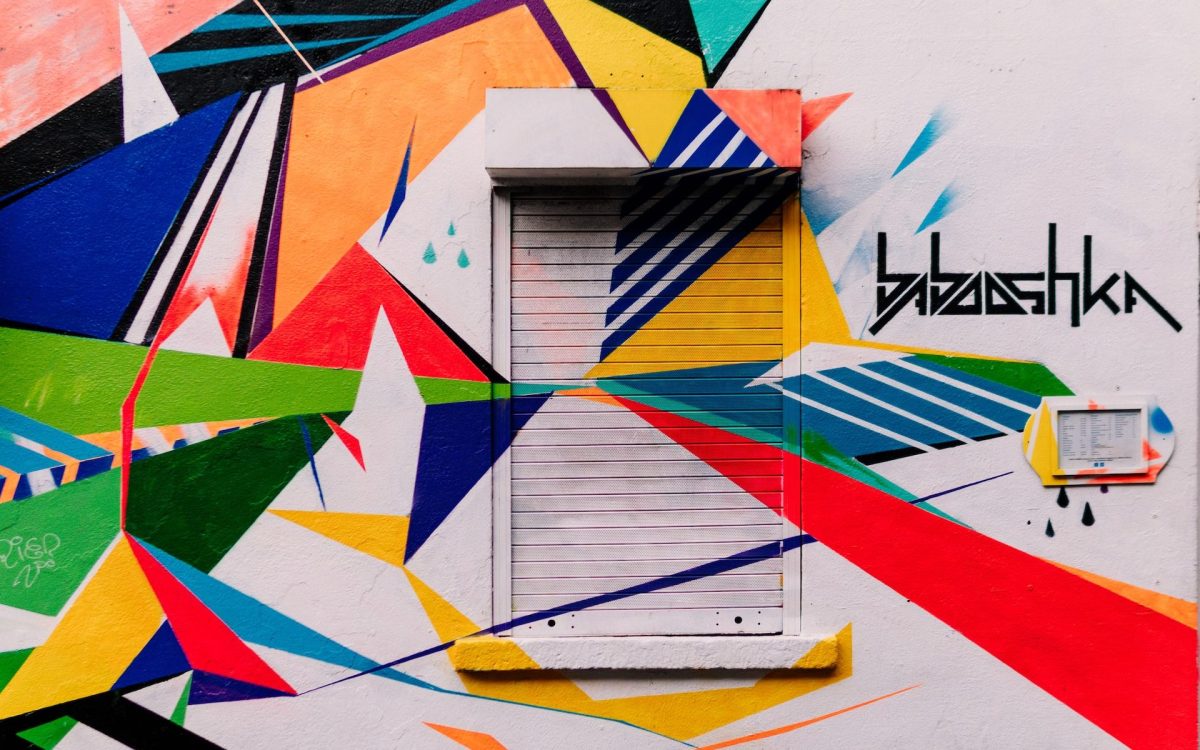It was 2019, Angela Dorgan has just stepped into the role of Chair of the National Campaign for the Arts (NCFA) in Ireland when it became immediately clear that a sector-wide survey was needed. When COVID-19 hit the following year, Dorgan went to the sector to find out what sort of support arts workers and organisations required, from their perspective. The NCFA then set out to make an argument to government to increase funding in the sector – seeking something radical that could fundamentally change how artists earn their living. And it succeeded.
Setting in motion: what Ireland’s basic income pilot could mean
The success of the national campaign that established Ireland’s Basic Income for the Arts pilot scheme offers a range of insights.
13 Nov 2023 5:29





